
What are smart cities?
What are smart cities?
Smart cities are already a reality
Reading time: 10 min
According to the World Bank, in 2018, 80% of Spaniards lived in cities and that percentage is expected to reach 88% by 2050. In this new scenario, public and private entities are in collaboration to find different strategies for improving the performance and environmental impact of cities.
Smart cities are an efficient solution that seeks a balance between people, institutions, technology, and environment. Through an integrated and holistic approach, smart cities aim to reduce environmental impact, increase economic competitiveness, guarantee security for all citizens, and promote transparency in governance.
What are smart cities?
What are smart cities?
A smart city takes advantage of the potential of Information and Communication Technology (ICT) to promote development in the most efficient manner and improve the quality of life of its citizens.
The concept of smart cities, also known as a City 4.0, should not be confused with sustainable cities, which seek to reduce the carbon footprint of its activities and promote efficient consumption and production patterns, depending on its geographic, social, economic, and cultural characteristics.
Smart cities, or advanced cities, thrive off technology-based tools and methodologies in order to advance toward a fairer, safer, more efficient and nature friendly future. To do this, effective solutions are presented that respond to typical challenges found in a large city such as mobility, the economy, public services, employability, and citizen engagement, among others.
Characteristics of smart cities
The major pillars of smart cities include efficiency, interconnectivity, safety and security, and sustainability, which are materialized through:

A technological city involves the massive management of data, which requires digital, open, and transparent administration with active participation by citizens. To do this, citizen services, data accessibility, and a transparent policy are fundamental.
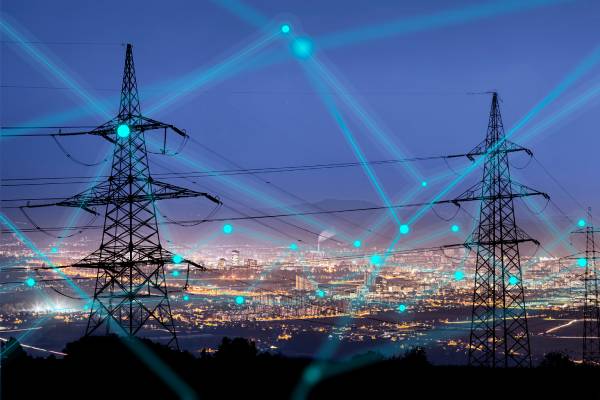
Smart grids provide a quick and effective response to energy demand and production fluctuations. Thanks to the distributed electricity generation, the circuits are constantly in communication, making it possible to monitor energy consumption at all times, and thereby leading to an improvement in the quality of service.
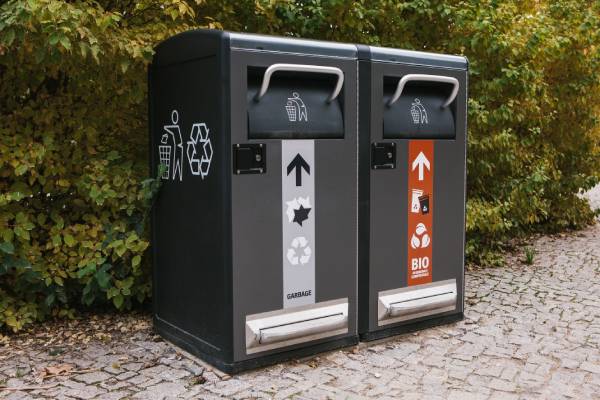
Population growth will mean a rise in waste generation, so a system aligned with the objectives and needs of a smart city will be required to manage it. Using technology, we can activate different mechanisms such as smart sensors that measure the filling system and methods for planning accessible routes for citizens.

The creation of smart cities generates new business opportunities and increases productivity and the manufacture of products and provision of services. In this way, it raises employment, favoring social and territorial cohesion.

Technological devices can guarantee public safety through the installation of cameras, sensors, and other video protection systems. In addition, cybersecurity can be ramped up to protect the management and exchange of information.
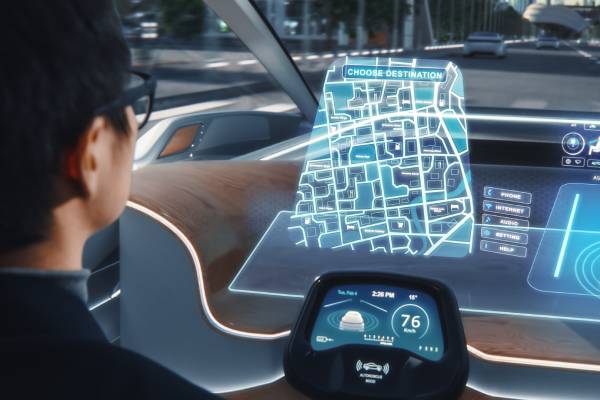
Information and Communication Technologies are the backbone of smart cities, as they strategically connect all elements and improve the efficiency of goods and services, which leads to economic, social, and sustainable development.
Examples of smart cities around the world
According to the IMD Smart City Index 2021, the five smartest cities in the world are:
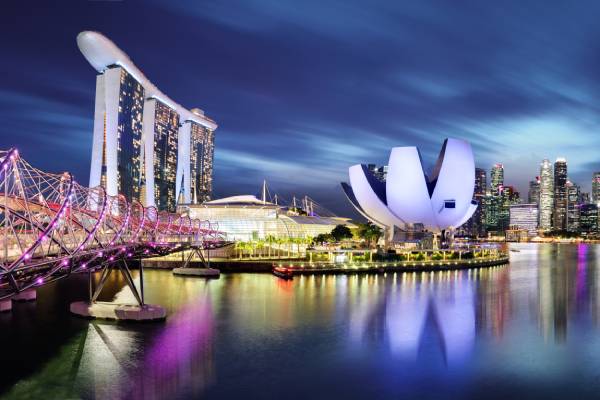
This smart city is a global reference. Singapore has improved security, reinvigorated public spaces, and decreased waiting times for essential public services.
In this city, everything is designed to improve quality of life. Thanks to the implementation of disruptive technologies and the application of the Internet of Things (IoT), citizens can access information from anywhere and take care of almost all administrative paperwork and processes online.
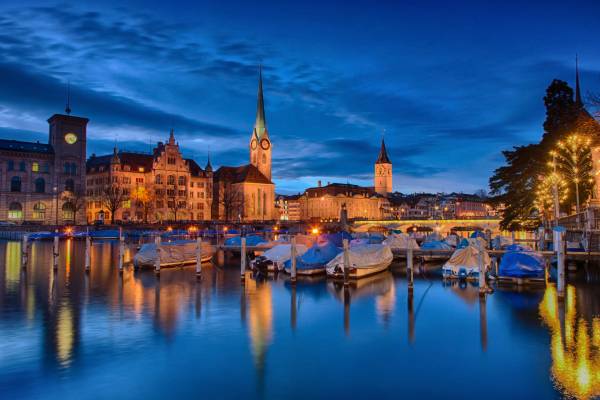
Zurich places the citizen at the center of its strategy by seeking a balance between ecosystems and the city's development. It stands out for its investment in fiber optic networks and infrastructure and for having a tech-savvy population.
Other strategic areas that make Zurich a benchmark smart city include its circular management of waste and efficient use of energy, digital security, reduction of greenhouse gases, and investment in healthcare and education systems, which help to reduce the digital divide among citizens.
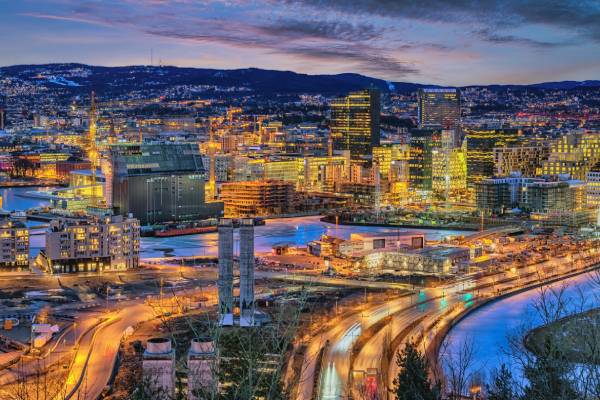
One of Oslo's greatest successes is the numerous public-private collaborations as well as initiatives for entrepreneurs to present their smart city projects in order to improve the quality of life of all citizens.
The Norwegian capital stands out for its population's high level of education, for its effective waste management, and for its many public green spaces. As a smart city, it has policies for reducing energy use and easing congestions of city traffic. It backs ecodesign and efficient architecture, given that they have been proven to favor commercial and social development.

In Taipei, the use of technology and the promotion of different types of innovation have had a major positive impact on health, safety and security, mobility, and governance. This metropolitan city combines technology, leadership, and culture to take on the challenges faced by cities of the future.
Its strategy is based on expanding the development potential of the tourist economy, increasing public safety, and encouraging environmentally friendly transportation in order to control and reduce pollution levels. For example, thanks to the smart city technology, citizens obtain information in real time about temperature, humidity, and air quality.

Lausanne works to improve the quality of life of its citizens through four strategic pillars: energy, mobility, architecture, and economy. The population's impressive technology skills and culture have facilitated the collection of data and behavior patterns that help to develop effective solutions to meet its needs.
This city is also known for being a pioneer in the construction of eco-communities, residential buildings that meet environmental and energy standards from the start of construction.